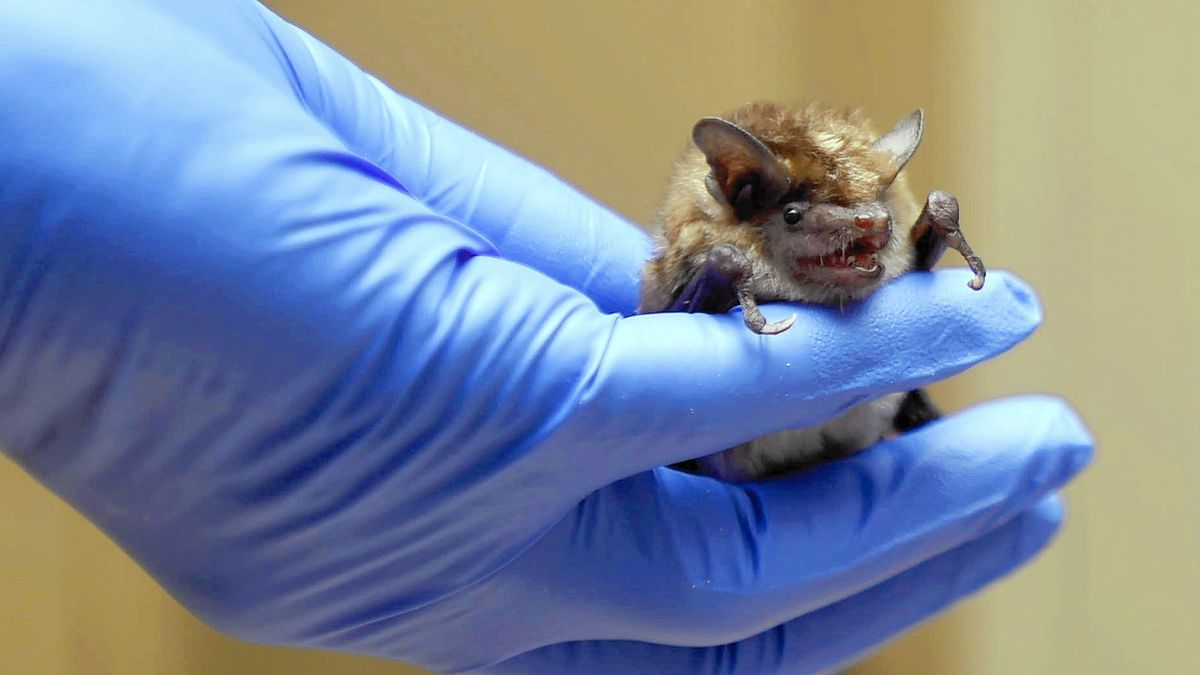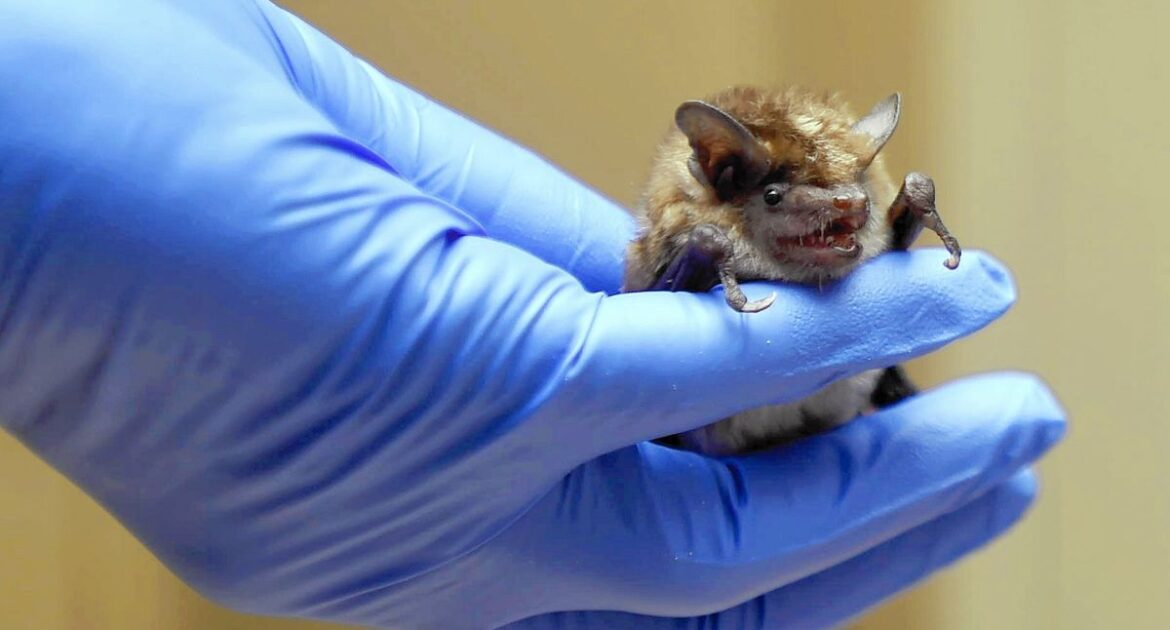Bats are not the aggressive creatures that many people mistakenly believe them to be. There are no North American species of bats that feed on blood, and bats would generally prefer not to bite people at all if they can help it. Nevertheless, bats in your home are a potential health hazard requiring wildlife control in Okanagan. The problem isn’t always with the bats themselves; it can also be with the parasites that they bring with them, such as bat bugs.
What Are Bat Bugs?
Bat bugs are very similar to bed bugs. In fact, they are separate but related species. They are both obligate parasites that need to feed on the blood of mammalian hosts to survive. The main difference between bat bugs and bed bugs is that the former evolved a preference for feeding on bats, while the latter adapted to feed on human beings. This probably occurred in prehistoric times when early humans lived in caves where bats were roosting. At that time, the parasitic insects were all one species. They probably fed on bats originally, but when humans started living in caves, they had a choice of different hosts, and some gradually developed a preference for humans. When humans eventually moved out of the caves, they brought the bed bugs along with them, probably without realizing it, and the two varieties evolved into different species.
How Can You Tell Bat Bugs From Bed Bugs?
The most significant distinction between bat bugs and bed bugs is that bat bugs have longer hairs along the thorax, which is the middle section of an insect’s body. Unfortunately, this distinction is not very helpful as you cannot see the hairs with the naked eye. You might be able to see them with a magnifying glass, but more likely, you would need a microscope. Bed bugs are slightly larger than bat bugs, being six millimeters long while bat bugs range between three to five. Since bat bugs and bed bugs feed on the blood of different animals, they may be different colours, with bed bugs being more of a reddish-brown and bat bugs being dark brown or beige. However, this may depend on how recently an insect has fed.
A better indicator of whether you have bat bugs or bed bugs may be where you find them. Both species like to make homes near their preferred hosts for easy access. If you find the bugs on the walls or ceilings, they are more likely to be bat bugs staying close to their hosts’ roost. On the other hand, if you find them in furniture or along baseboards, they are more likely to be bed bugs.
Why Are Bat Bugs Cause for Concern?
Bat bugs are unlikely to enter human habitations of their own volition. Therefore, if you find them, it means that you probably also have bats in your home. While the bats don’t mean any harm, they can carry diseases that can spread to humans and pets through their excrement. Bats usually don’t bite unless provoked, but if one does bite you, they can carry rabies.
You might think that you are safe around bat bugs because they don’t bite humans. This is not exactly true. It is true that bat bugs prefer not to bite humans as long as there are bats available. However, if they no longer have access to the bats, they may feed on humans in the interest of survival. Neither bed bugs nor bat bugs spread diseases, but their bites are itchy and uncomfortable, and some people can have allergic reactions to them.
How Can Wildlife Control in Okanagan Help With Bat Bugs?
Before you can deal with the bat bugs, you first have to have professional bat removal. Otherwise, the bats will keep bringing the bugs into your home. Skedaddle’s services include cleaning the areas where the animals have been and confirming complete removal of all bat bugs.




